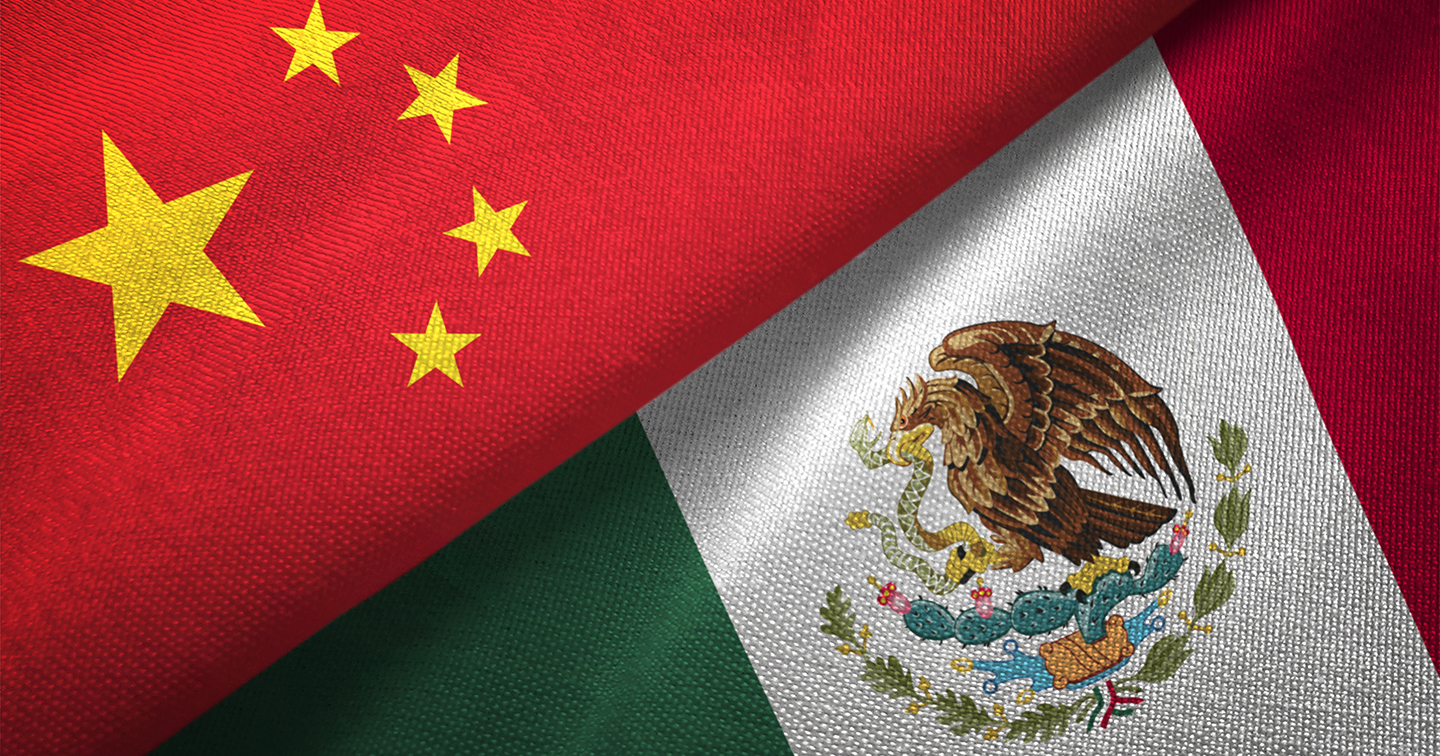The U.S. photovoltaic (PV) industry, solar module suppliers, manufacturers, and renewable energy developers are facing new regulatory challenges with the implementation of new legislation which has a significant impact on such imports. Among the most significant is the Uyghur Forced Labor Prevention Act, Pub. L. No. 117-78, 135 Stat. 1525 (2021) (“UFLPA”), whose provisions became fully effective on June 21, 2022.Continue Reading Is the U.S. solar industry ready to prove its panels aren’t made with Uyghur forced labor?






